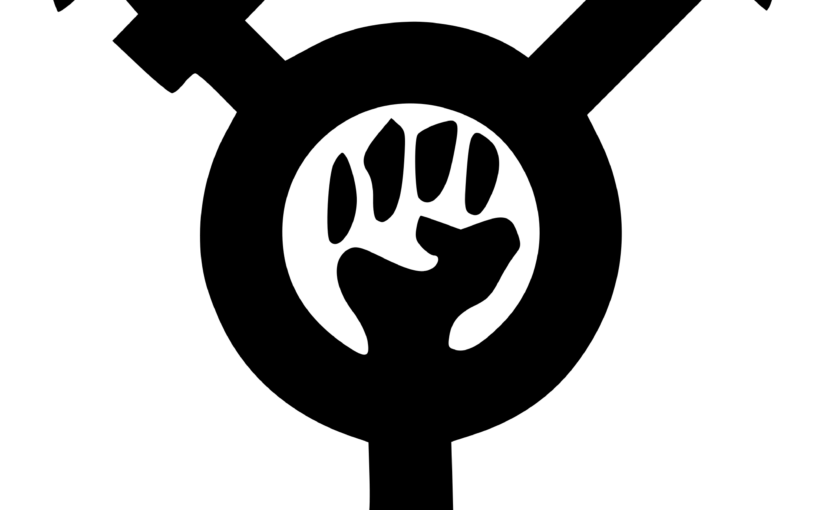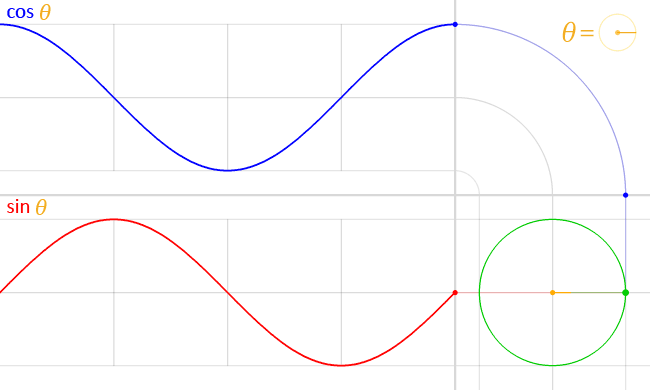Many people who have invested a lot of time and energy into corporate platforms don’t want to walk away from that, which is entirely understandable. And anyway, they muse, how bad could it possibly be?
Let’s look at some risks:
Radicalisation – but that’s fine because I’m immune to propaganda.
Um, maybe? Some people are more susceptible than others. However, people are on the platforms they’re on because of the “network effect”. You’re there because your contacts are there and your contacts are there because you are. Some of them are susceptible and by staying in propaganda-filled environments, you’re helping expose them.
You’re also exposing yourself and your contacts to greater risk of hate speech. Zuckerberg went to the inauguration, stood next to a guy who gave Hitler salutes, and is also doing his part for Trump by allowing greater hate speech. Sticks and stones may not break your bones or hurt your feelings, but it’s highly damaging to some people. And also changes the political discourse and will impact our rights. Again, you and your friends are holding each other hostage via the network effect.
Multiple studies have shown that boys are being groomed into extreme misogyny via algorithms on video-based social media. Again, the corporate platforms are a problem.
Whether or not you’re personally immune (you’re not, sorry), society as a whole certainly isn’t.
Non-state physical threat – I’ll be fine
In the US, it’s extremely clear that radicalised actors face a physical threat to minoritised groups. My own opinion is that migrants (and the children of migrants) who actually are in quite a lot of danger. Facebook has previously been a major platform for planning and coordination for at least one genocide.
Women and LGBT people are also at high risk of doxing, via Meta. “The Facebook platform makes doxing particularly easy and rewarding for doxers.” Facebook has also leaked personal information to people pretending to be police, as no warrant is required in emergency situations.
Maybe you’ll be fine, but some groups are in serious danger.
State-based threat – I’ll be fine!!
Americans generally don’t really have very many data rights. Europeans have many more, but Meta routinely ignores them (getting fines that would be massive for a less-profitable company). The problem is not just that they mishandled data, but they’ve been accused of collecting excessive data they had no right to and which users hadn’t and couldn’t consent to.
That data includes information like gender, race, sexuality, orientation, trans status, susceptibility to addiction – it’s far ranging. Indeed, Meta collects and utilises data about users likely race and other protected characteristics. Some of this data, say, identifying Hispanic Spanish-speakers, may be useful for Trump’s campaign promise of putting people into camps.
And, if a court orders Meta to share any of their collected data with the cops, they have to comply. Which is how they came to participate in helping prosecute abortion care.
If they stored less data, or kept messages encrypted, they would not have had access to this data to share. But instead, they also track as much information as possible from their own apps and from other, unrelated apps listed in your phone’s app store.
I searched my phone’s app store for “period tracker” and the top result leaks data to facebook. Apps with Facebook trackers collect “off meta activity” to use to show you adverts. Or to share with anyone who has a court order demanding they do so.
They also track your relationships on and offline, via apps, partly by tracking location.
WhatsApp’s message content are encrypted and thus not visible to the company, but they know who you message, how often, at what times, where you are when you send them. This is called metadata and in some ways it’s more valuable than the message contents. Not for prosecuting abortions as above, but for inferring relationships and life circumstances.
The sheer amount of surveillance available to state actors is dizzying. But you’ll be fine, right?
Oh wow, no, we need regulation, especially to protect kids!
It’s absolutely true that individual action is not going to put a stop to this, and larger, collectivised action is necessary. The GDPR in the EU is a great step, even if it took them a very long time to act and fines were small relative to Meta’s income.
The situations in the US and the UK, however, are a long way off from the EU. The UK is too small and isolated to act with any real teeth and the US is currently pro-abuse.
You may be thinking of some proposed legislation purported to benefit the online safety of kids. But those proposed laws were written by the companies they’re meant to legislate. They’re written in such a way that no social media site could possibly comply with them unless they have the resources of Meta. The version proposed in the UK would have outlawed Wikipedia. They’re meant to extend monopolies, not to protect kids.
Indeed, the language they use for marketing these ideas is the same language used by the governor of Florida while enacting rules against trans youth. “Letting kids be kids” means keeping them away from knowledge about trans lives, gay lives, protection against STIs, or any kind of sex or gender education. Enshrouding children with enforced innocence is compulsory cisgender heterosexuality. It is “anti woke” ignorance in which discrimination is tolerated by its antidotes are not.
The version of this just passed in Australia requires age verification for the entire country for many normal activities. This hampers anonymity, puts people subject to abuse at greater risk, and deprives kids of vital information.
We must stay and fight!
Karl Marx thought that the revolution would come when the workers seized the tools of production. Even now, people are clinging to Twitter – a site owned and controlled by somebody who Seig Heils – vowing to hold their ground.
But this isn’t like holding on to a piece of land against an advancing army. The oligarchs not only own the land, they own the physics. It’s like fighting G-d. They control who, if anyone, sees your posts and everything that you see. That is not at all like real life or even like ancient myth. G-d sometimes plunged people into darkness or plagued them with flies or even opened chasms beneath them, but everyone present was in the same reality, seeing the same things. That’s not true on a virtual platform.
Fox News used to run a show called Hannity and Colmes. Hannity was a tough, jockular bloke who was right wing. Colmes was a tame, soft-spoken liberal. They faced off each other to debate, except they didn’t. The terms, the framing, the guests, and everything about the show was meant to give right wing audiences an illusion of debate, but it was never a fair match. Even the settings of the microphones was such that the right wing voices were objectively louder than the liberals. If Colmes had been actually effective at countering right wing narratives and framing, he would have been fired.
Nobody is actually “staying and fighting” on Twitter. They’re just the loyal opposition. They’re a figleaf of balance where none exists. They’re being used and exploited and unlike Colmes, aren’t even getting anything in return. He got paid. Liberals on twitter are giving resources and cover to Musk.
Some of the corporate platforms may “feel” more balanced, but their owners are loyal to Trump and are quickly lining up. In the West, the workers did not ever end up seizing the factories they worked in. The means of production stayed in the hands of capital. But at least Marxists had a credible plan for how victory might have come about. There is no credible path wherein Facebook users seize Meta. There’s just not.
You Get a better world by building it.
Leftists talk about the “power of the people”. The people are building alternative platforms which are not under oligarch control and are structurally resistant to capture. That’s the way forward. Join a movement that will immediately (although individually) solve several of the problems listed above and which provides a route for the future.
A better world is possible and is much less far away than it seems.
But it does mean stopping giving all your data to Meta, Google, Apple, Amazon, and X.
Join the movement. Go to fedi.




